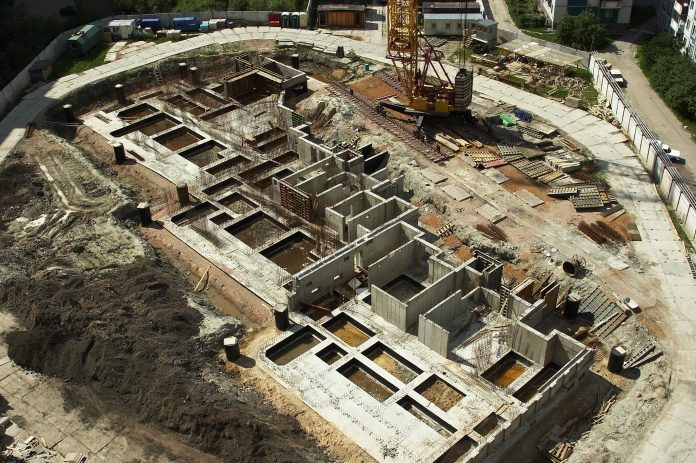Omar Abo Madyan, research associate at the Cambridge Centre for Smart Infrastructure & Construction, University of Cambridge, examines how to tackle carbon blind spots and data gaps that are holding back construction material efficiency
The construction industry is one of the largest contributors of greenhouse gas emissions and has an active role in tackling global warming by reducing its carbon footprint. Significant progress has been made on reducing operational carbon using renewable energy and more efficient buildings. The embodied carbon, mainly of concrete, nevertheless, remains a significant challenge for the construction industry and its value chain.
Carbon models have become a vital tool in any construction project for identifying areas that could be improved from an environmental perspective. Embodied carbon hotspots of cementitious materials, for instance, can be used to determine mitigation actions such as cement substitutions or to optimise design parameters more effectively.
How accurate are carbon models beyond the design phase?
The accuracy of carbon models has greatly improved with the introduction of 3D design models in Building Information Modelling (BIM) that accurately represent material quantities and volumes. The question remains, however, about the accuracy of carbon models beyond the design phase and the extent to which they are reflected in the construction phase, and how any discrepancies between the design and construction phases create missed improvement opportunities.
Collecting accurate data is challenging due to the fragmentation of the construction process, in which data can be siloed within different organisations, segregated on different platforms or even not collected or tracked.
This can cause significant data gaps, especially as the quality of the output of carbon models is determined by the quality of the input.
This is a major challenge faced by the industry, typically overcome by estimating or assuming certain values, which can often introduce major uncertainties and burden shifts in carbon models, resulting in inaccurate conclusions about the carbon impact and diverting carbon reduction efforts.
Most importantly, it can also result in missed opportunities or blind spots for improving construction material efficiency, by overlooking the full environmental impact of a material or the construction process.
Current research at Cambridge Centre for Smart Infrastructure & Construction (CSIC) has identified critical blind spots in quantifying waste values from the construction process. Currently, the industry assumes material waste factors in the range of 2.5-5%, which relies on outdated studies or small datasets due to a lack of accurate real-world data.
Additionally, it was found that these values do not capture inefficiencies on how and where materials are used, mainly because of the ambiguous and narrow definition of what constitutes waste across the industry.
How do we redefine waste to reduce carbon emissions?
The construction industry typically defines waste as physical materials from construction and demolition activities that end up in landfills, but in the context of lean manufacturing principles, waste can also include overproduction, unnecessary transportation, excess inventory, unnecessary motion, waiting, excessive processing and defects.
Researchers at the CSIC are applying this broader definition of waste to the construction industry to develop an analytical framework to identify and eliminate inefficiencies in the use and procurement of construction materials.
The analysis can be conducted by collecting data on the characteristics and material volumes of concrete at the design stage and comparing it to the characteristics and material volumes of the final asset or structure. By doing so, it is possible to determine the extent to which concrete is being used efficiently and to identify any discrepancies or data gaps in the use of concrete.
Through interviews with industry experts and digital data collection processes on construction sites, concrete inefficiencies were uncovered, including shortcomings in over-ordering, rework, rejected concrete, over-specification and batching accuracy.
The results from these investigations have shown significant inconsistencies in the amounts of concrete used and the strengths of delivered concrete, in which the efficacy of concrete varied between 61% and 97% for individual concrete components.
Consequently, any carbon model based on design data will be significantly under-reported as they mainly rely on average carbon factors. Addressing such carbon blind spots and data gaps can significantly improve construction material efficiency by simply re-evaluating how concrete is used and procured. This would lead to better informed carbon choices, improved best practice methods and reduced costs associated with the unnecessary use of materials.
Success in this approach nevertheless depends on obtaining accurate datasets across the value chain, which can be challenging due to outdated or incomplete data recording processes. The construction industry must therefore rethink how waste is evaluated by using up-to-date, accurate data to reveal significant opportunities for improvement in construction material efficiency to reduce carbon emissions that can help the industry to drive towards net zero.
Omar Abo Madyan
Research associate
Cambridge Centre for Smart Infrastructure & Construction
www-smartinfrastructure.eng.cam.ac.uk














